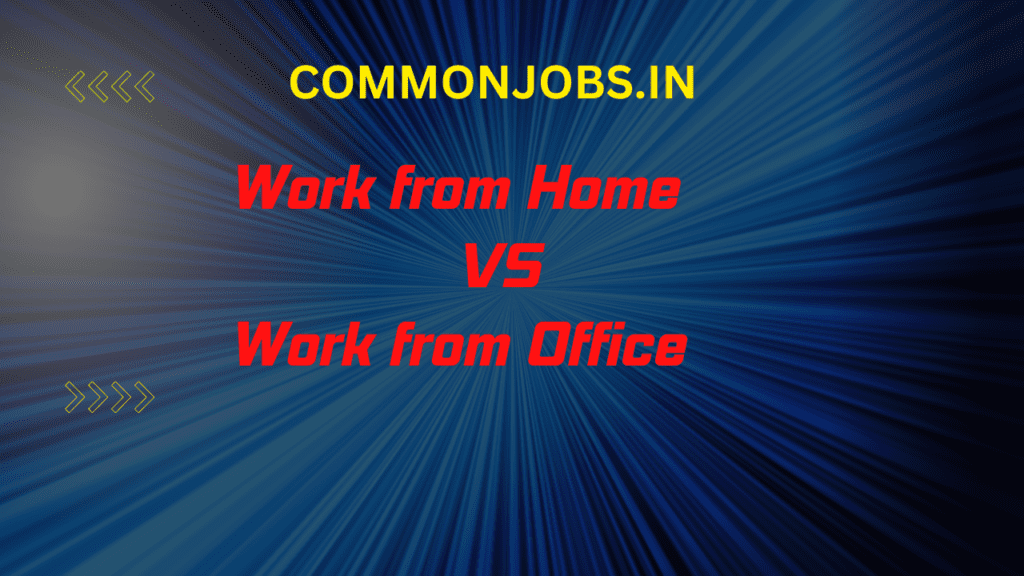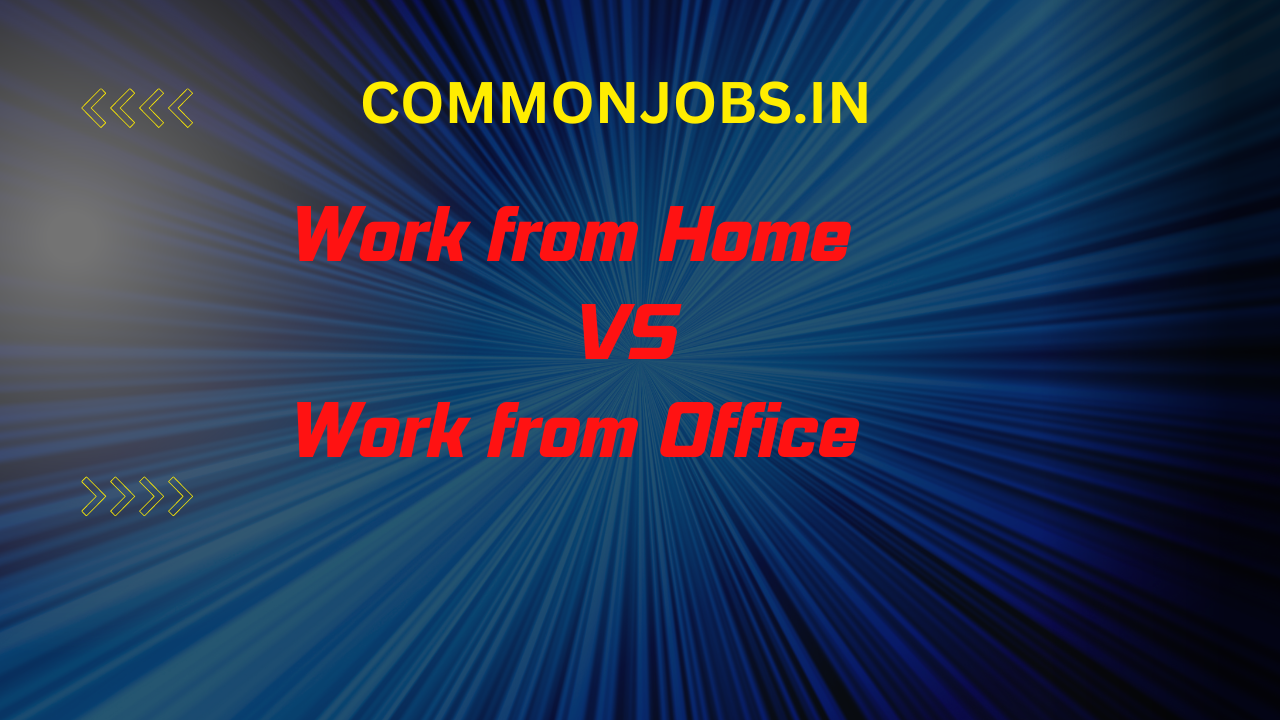The transition from a traditional office setting to working remotely has spurred a lively discussion regarding the advantages and disadvantages of each strategy. The freedom that comes with work from home (WFH) is unmatched; it allows people to create their own schedules and successfully manage their personal and professional lives. This independence can be freeing since it reduces the time and stress of commuting and allows for a work environment that is personalised to each employee’s tastes.

However, there may be difficulties when there is no real office space. The lines separating work and personal life becoming more blurred could cause distractions and lower productivity. Proponents of remote work counter that it fosters a more comfortable and relaxed work environment, which fosters innovation and creativity.
Conversely, working from the office (WFO) places a greater emphasis on teamwork and face-to-face interaction, which frequently results in more effective problem-solving and stronger team bonds. Setting up a regular commute to work aids in maintaining boundaries by separating work from leisure time. An environment that is favourable to particular kinds of work is also provided by having access to specialised resources and a designated workspace in the workplace.
Nonetheless, some workers may find the strict schedule and daily travel to be taxing, which could negatively impact their general wellbeing. In this case, striking a balance between personal and professional obligations becomes essential.
The hybrid strategy, which combines aspects of WFH and WFO, is becoming more popular. The goal of this paradigm is to minimise each setup’s shortcomings while maximising its advantages. It gives workers the option to work remotely and cooperate in person when necessary.
The success of remote work relies heavily on robust technology and infrastructure. Reliable internet connections, collaboration tools, and cybersecurity measures are vital to ensure seamless communication and productivity regardless of the work location.
Ultimately, the debate between WFH and WFO isn’t about finding a definitive winner but rather about striking a balance that maximizes productivity, fosters employee well-being, and aligns with the goals of individuals and organizations. The future of work is likely a fusion of these approaches, providing flexibility and adaptability in a constantly evolving professional landscape.


